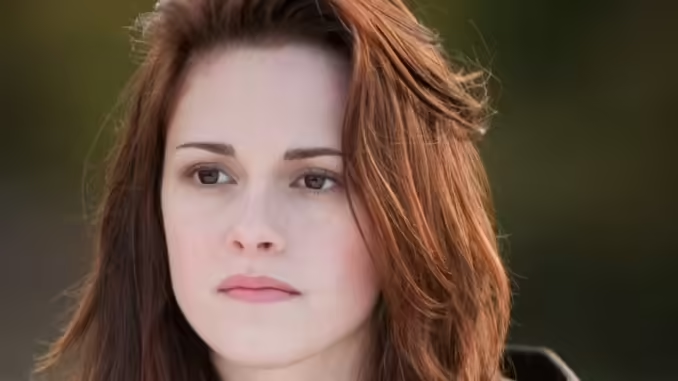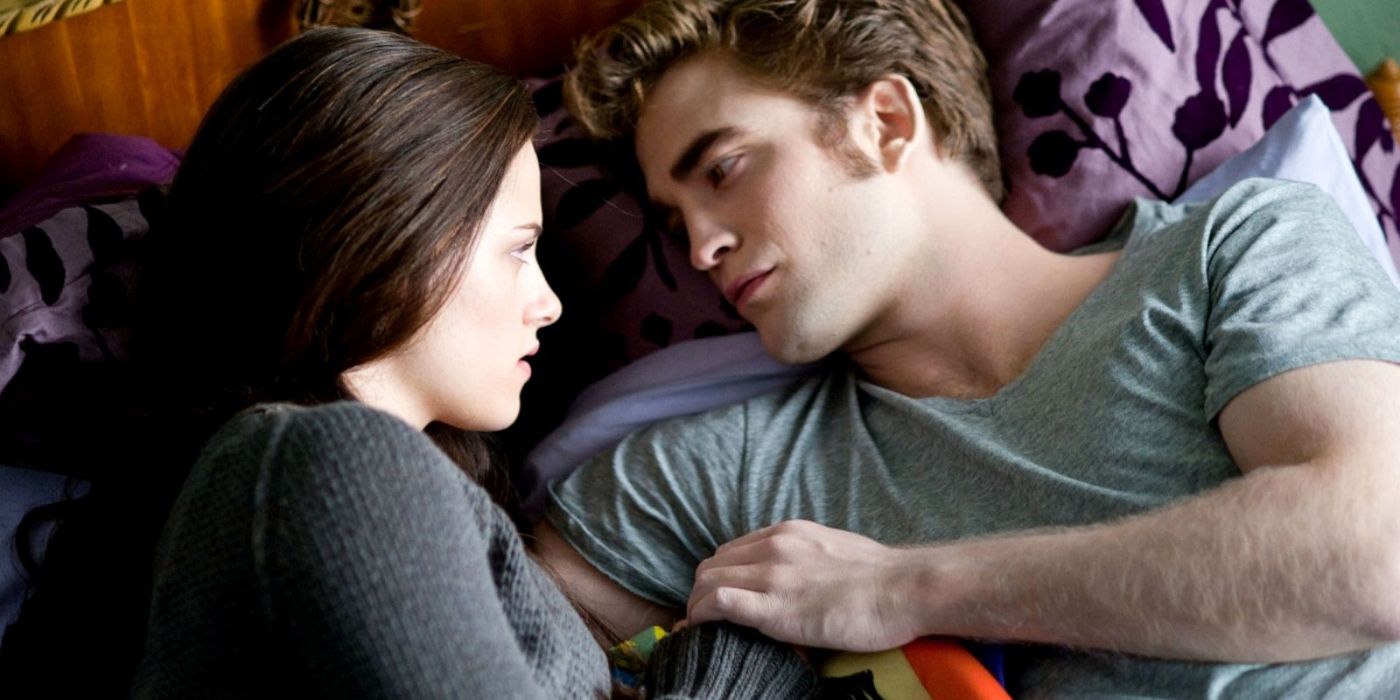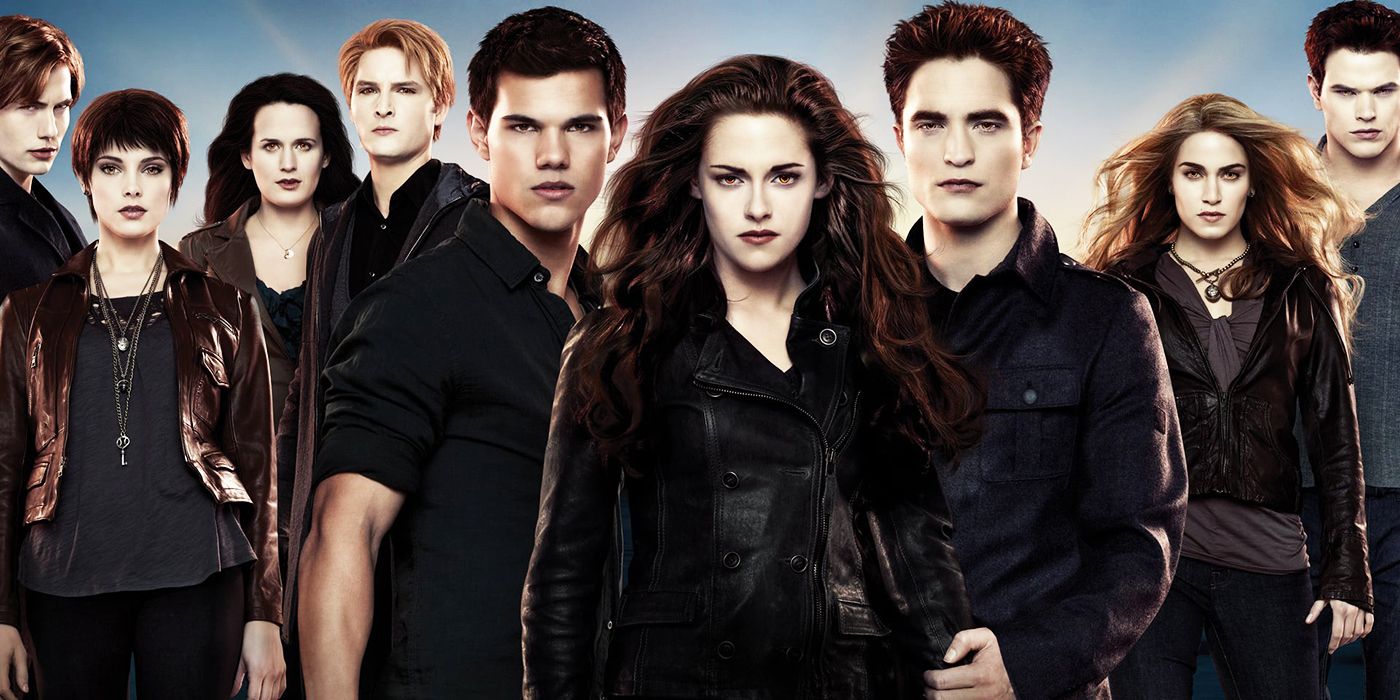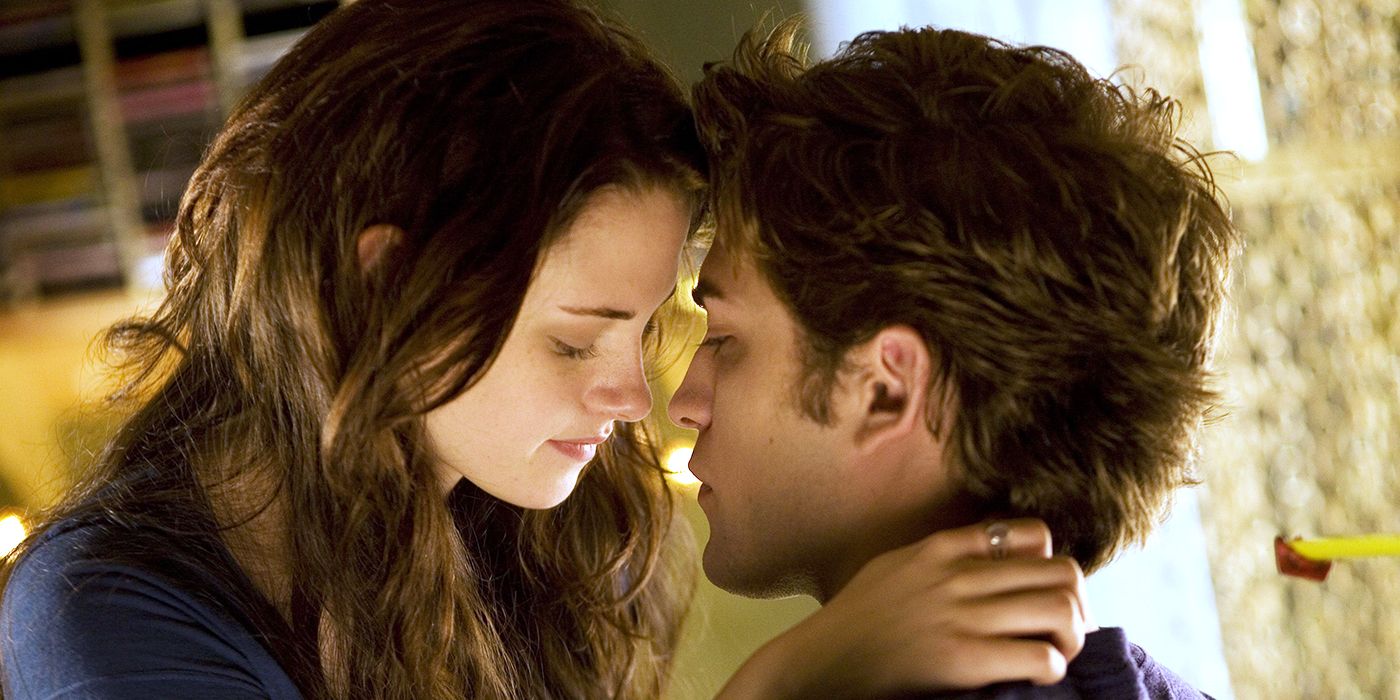
Kristen Stewart’s retrospective reading of Twilight is indicative of what the upcoming reboot needs to do differently. Though she’d already been working as a child actor for years, Stewart’s breakout role as Bella Swan in the Twilight movies thrust her and the rest of the cast into the spotlight. The Twilight book series and film adaptations became a phenomenon that popularized the vampire romance subgenre with its central love story between the human Bella and vampire Edward Cullen (Robert Pattinson).
It’s been 12 years since the final installment of the film franchise, The Twilight Saga: Breaking Dawn Part 2, was released. Since then, Stewart and Pattinson in particular have gone on to have successful acting careers, and Stewart has also notably come out as gay. While discussing her status as a queer trailblazer in Hollywood, Stewart shared her new perspective on Twilight, and it couldn’t be more accurate.
Kristen Stewart Is Right – Twilight Was A Gay Movie
Stewart only noticed this crucial subtext in hindsight
In hindsight, Stewart views Twilight as “such a gay movie” (via Variety). Though it wasn’t evident then, given how overtly heterosexual Twilight is as a love story about straight people, upon reflection, she perceives it with a newfound queer clarity. Stewart notes how “a Mormon woman,“ referring to the author of the Twilight series, Stephanie Meyer, “wrote this book [that’s] all about oppression [and] wanting what’s going to destroy you,” which Stewart feels is “a very…gay inclination.” She also emphasizes the significance that Bella and Edward’s human/vampire relationship is “so hidden and not OK.“
Stewart makes a very valid point about the Twilight movies’ queer subtext. The nature of Bella and Edward’s relationship dynamic in the Twilight movies parallels that of many LGBTQ+ couples who carry out secret relationships for fear of retribution. A couple needing to hide their love because they are made to believe their feelings for each other should be forbidden speaks to an all-too-common experience shared by many queer people.
In the same vein, this “inclination” to desire “what’s going to destroy you” is also relevant to LGBTQ+ people, not because queerness or queer relationships “destroy” people, but because of the unjust consequences that standing in your truth in the face of bigotry can have. Being who you are or with whom you love has historically posed a risk of harm and ridicule for LGBTQ+ people. Twilight may not be an intentional or direct allegory for queer identity, love, and relationships, but Stewart’s assessment is still accurate.
Despite being a pop culture phenomenon, there are several harsh realities that become apparent when rewatching Twilight 15 years after its release.
A Twilight Reboot Should Lean Into The Story’s LGBTQ+ Themes
The upcoming Twilight reboot TV series can draw out some of these existing queer themes

An upcoming reboot of The Twilight Saga is currently in the works in the form of a TV show. Few details have been shared about the direction in which the reboot is going, other than the fact that it will be a remake of the original movies. The Twilight TV show reboot has the opportunity to update and improve the original series by taking Stewart’s thoughts about Twilight and applying them to the TV series in a meaningful way.
As Stewart pointed out, the Twilight book series and movies are already full of queer subtext. The existing tension and conflict produced by Bella and Edward’s forbidden yearning could be framed as a more explicit allegory for a common queer experience. The Twilight reboot could also draw explicit parallels between vampirism and/or werewolfism and LGBTQ+ identities and experiences. In The Twilight Saga, the vampire and werewolf are misunderstood identities perceived by mainstream society as dangerous and unnatural, which is how LGBTQ+ people have been widely treated throughout history and still by many today.
Of course, all of this would have to be approached with immense sensitivity and respect, but it has the potential to work well with the right approach. Ideally, the writing staff for the Twilight reboot show would include a diverse array of writers who are part of the LGBTQ+ community in some way. Doing so would hopefully work to achieve a level of authenticity about what it means to be LGBTQ+ and how this varies between different sexualities and gender identities.
Why A Twilight Reboot Can’t Just Repeat The Original Movies
The Twilight reboot will have to alter the original movies to be more explicitly queer
Since the reboot series is expected to be a remake of The Twilight Saga, it will be telling roughly the same story with different actors and a new creative vision. However, just because the Twilight reboot is going to be a remake of the original movies, that doesn’t mean it has to copy every aspect of them. The creators of the Twilight reboot should be open to altering the original series to emphasize its underlying LGBTQ+ themes.
Since the Twilight reboot is a TV series, it will have more space to focus on new and existing characters, some of whom should be LGBTQ+. Though some could be considered queer-coded, there are no explicitly LGBTQ+ characters in the Twilight books or movies. The Twilight reboot could rectify this by making some of the original characters queer and introducing new characters who are part of the LGBTQ+ community. Their identity and/or sexuality could be crucial elements in their storyline or merely facets of their character that don’t play into the plot in a major way. Either way, Twilight should become more intentionally and explicitly LGBTQ+ in the reboot.

